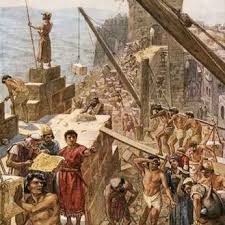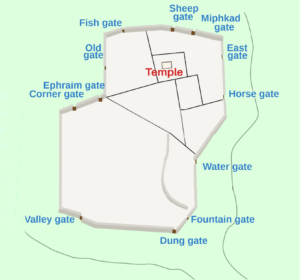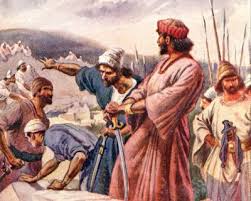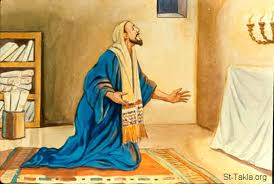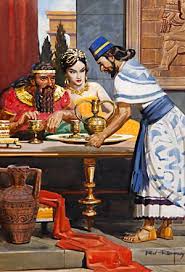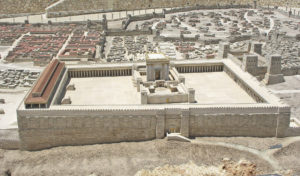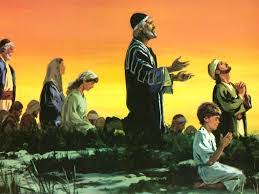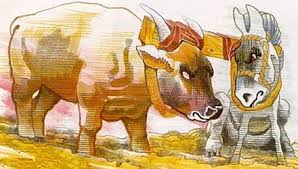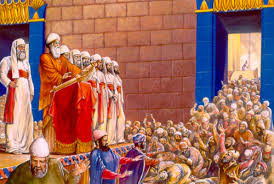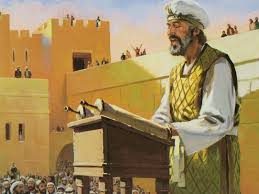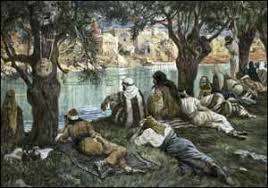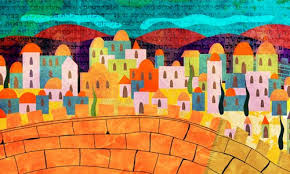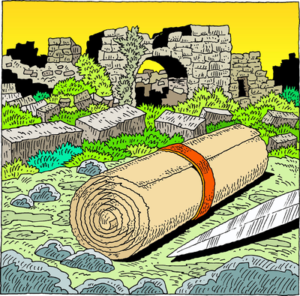Cb – Renewed Opposition to the Rebuilding of the Walls of Jerusalem Neh 4: 1-23
Renewed Opposition
to the Rebuilding of the Walls of Jerusalem
Nehemiah 4: 1-23
445 BC During the ministry of Nehemiah (to see link click Bt – The Third Return).
Compiled by: The Chronicler from the Ezra and Nehemiah Memoirs
(see Ac – Ezra-Nehemiah From a Jewish Perspective: The Nehemiah Memoirs).
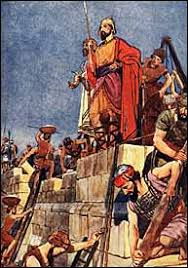
It is through many persecutions that we must enter the Kingdom of God (Acts 14:22). This was how Paul informed the young believers in Lystra, Iconium, and Antioch after his initial missionary journey (see the commentary on Acts, to see link click Bm – Paul’s First Missionary Journey). Knowing the reality of spiritual warfare beforehand, as we run the race that is set before us (Hebrews 2:1), will help us avoid becoming too discouraged or drawing false conclusions – thinking that opposition signals ADONAI’s disapproval of us and that we should change course immediately. But we often, in a less-than-subtle way, draw the conclusion that lack of opposition means YHVH’s favor, when, in fact, the opposite can be true. When the work of rebuilding began, one of Nehemiah’s tasks was to reassure his brothers and sisters that the severe opposition that they immediately faced, was nothing more than what they should expect. In reality, they should take comfort from it, knowing that it was evidence that what they were doing was a good thing – and the Adversary hates a good thing and will always try to destroy it.
Nehemiah, as we shall see, was not timid when it came to responding to the psychological intimidation hurled at him and his wall-builders; he was not going to be frightened into submission by bullies even if they were armed and bent on murder. This was ADONAI’s work, and he urged his brothers and sisters on, even if it cost them their lives. They would not be the first to suffer loss for the sake of the kingdom of God. Some things are worth fighting for; building the Kingdom is surely one of them.232



